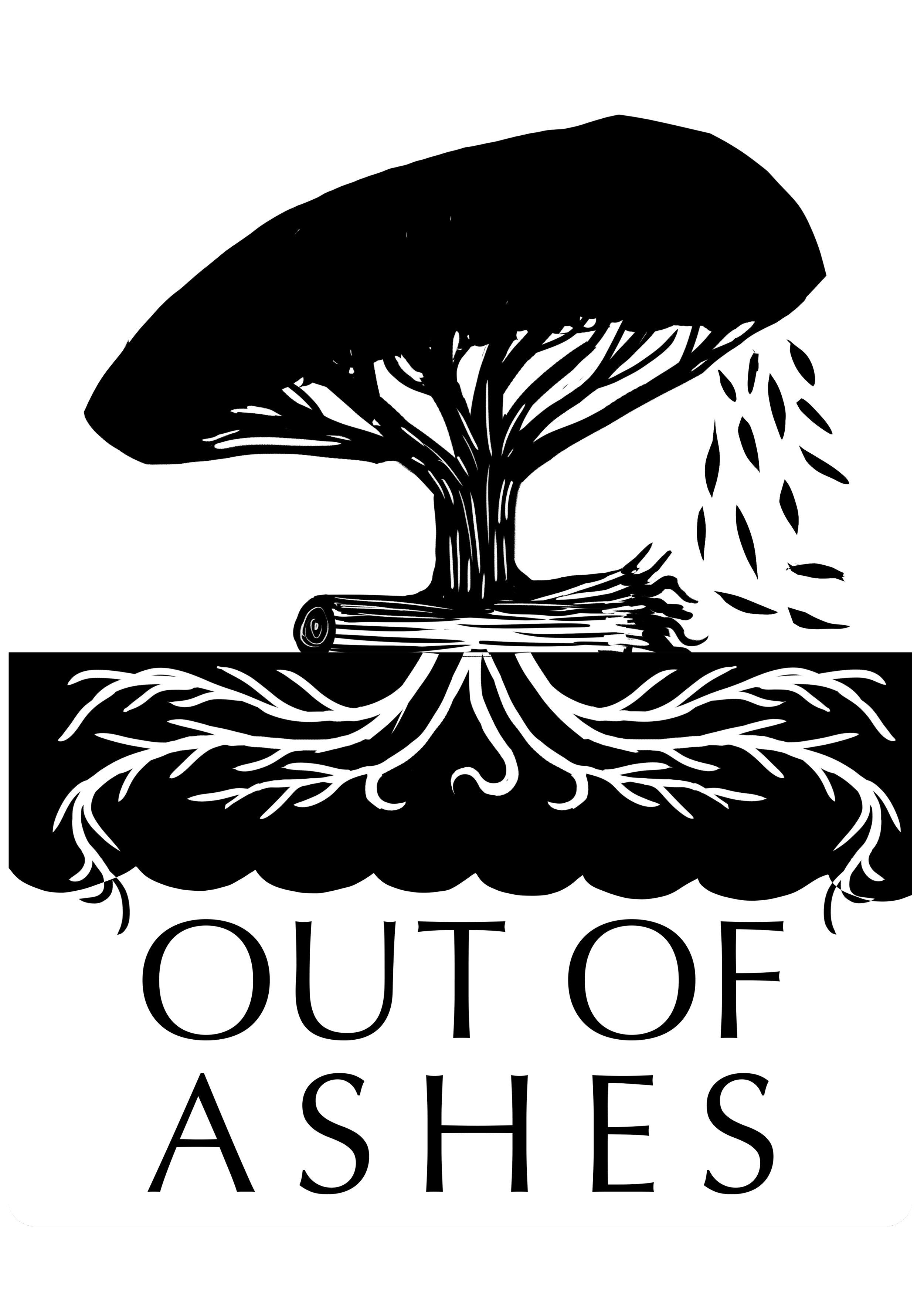Book Review: The Permaculture Way by Graham Bell
We find ourselves recommending books to clients and friends regularly and thought it was time to start a series of book reviews from some of the titles that come up a lot for us. Our goal is to highlight the strengths of the book and only briefly touch on its areas of weakness so as to direct the great diversity of readers out there to the books that will fit them best.
We have by no means read all there is to read on permaculture and regenerative agriculture, but we love reading and seek out a diversity of sources to educate ourselves on the good and bad and everything in between.
Today we are looking at a title that was not on our radar at first, but turned out to be a very pleasant surprise.
The Permaculture Way: Practical Steps to Create a Self Sustaining World by Graham Bell (1992)
This book is great for introducing beginners to many permaculture concepts. While it does expound a bit heavily for my taste on certain political motivations for practicing permaculture, it avoids the pitfall of many introductory books, which often delve too deeply into the nuanced and very personal socio-political motivations for regenerative agriculture. This is simply a preference thing for me. While I agree with many of the angry rants and conspiracy theories, I find myself becoming tired of the rhetoric and longing for practical ways to steward the earth and the framework in which to do so. I look to be inspired, not riled up. Anger rarely results in long lasting lifestyle changes that can sustain beautiful ecosystems.
Another strength is the general way topics are addressed. This provides the reader the opportunity to further study the areas that peak their interest instead of getting bogged down in details that will not be relevant to their lives.
My favorite sections were on pattern, community, and agriculture. The first two are often the weakest sections in other books I have read. His explanation of pattern was clear and concise with very useful real life examples. Bell is also one of the few to mention people with special needs in his community section which is something I am personally passionate about and find terribly lacking in Permaculture circles. His agriculture section was detailed and informative without being burdensome. It provides a great foundation for broad acreage stewards to start from. He also holds "wilderness" in great esteem which is so important in a system that is focusing on design and management.
Finally, I enjoyed how balanced many of his assertions are. Bell does hold strong opinions and communicates them without apology, but he communicates some real gems of insight without shaming the reader. He also recognizes the reality of certain situations and does not paint the ideal only, but discusses the need for patience and endurance in many cases.
Some favorite quotes follow:
It (permaculture) does ask you to limit your personal consumption. It does encourage you to accept and demand responsibility for your own life. Where it suggests you put aside high consuming habits Permaculture offers other ways of working which should be fun as well as sustaining. If it feels painful, then it's not creating abundance and it needs rethinking. You should gain more than you lose. (20)
There is no such thing as a 'complete Permaculture', because it is also a process of development over time. (21)
Community, a more caring, sharing society, has achieved some bad publicity through the phrase 'self-sufficiency'. Permaculture design and community living are not about retreat from society, they're about opting in. Community development begins with the conscious decision that what happens in your street is the one thing you can affect in the world. Anyone can join in, starting today. (106)
Overall I would recommend this book to both beginners and old timers. To the first as a great foundation and jumping off point, and to the latter as a concise reminder of the many avenues for our work.

